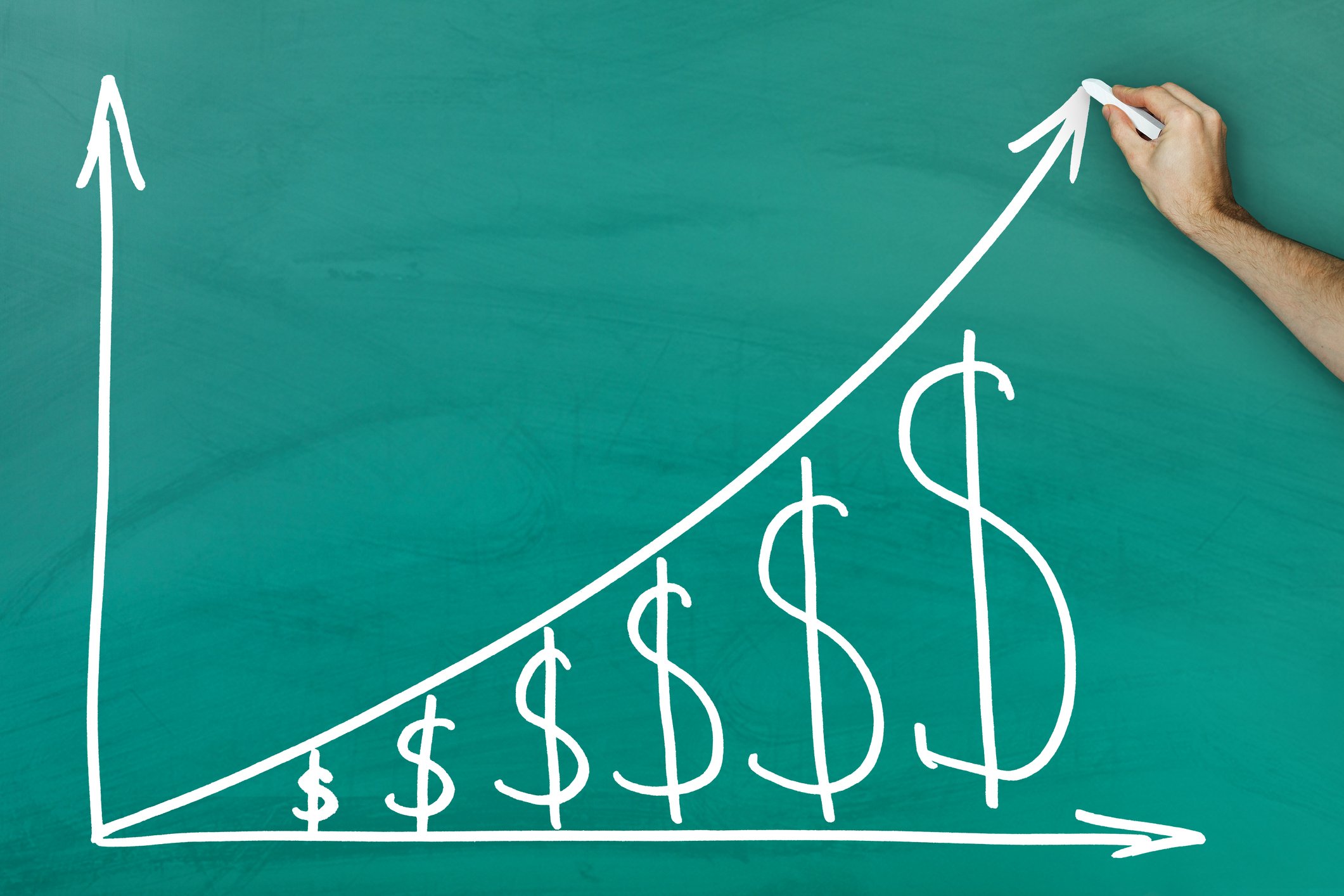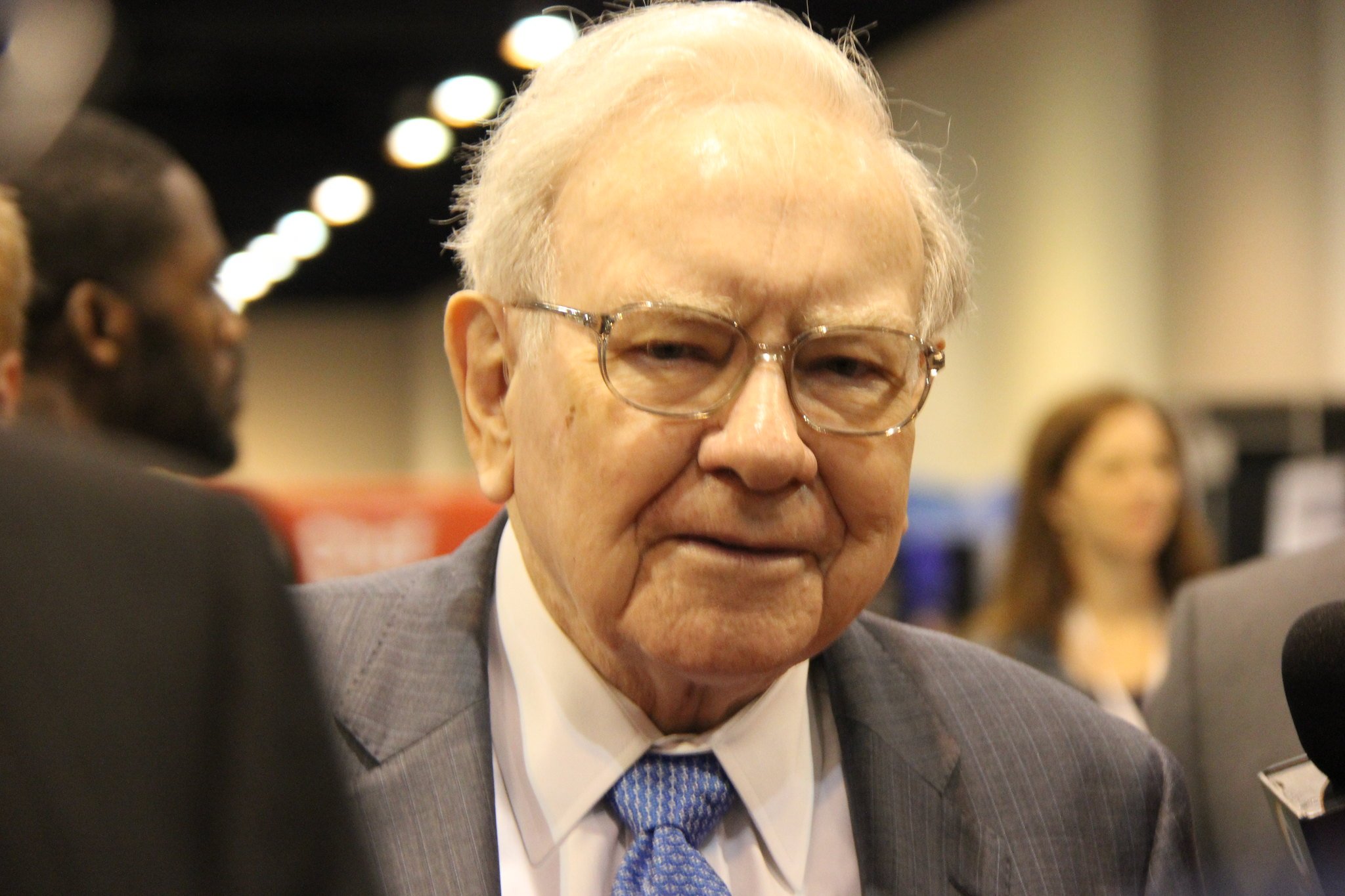The Federal Reserve's Federal Open Market Committee (FOMC) meets this week, and another interest rate hike is widely expected. While a rate hike won't be a surprise, there are some things consumers should know. And there are some other ways the Fed could surprise the markets. Here's a rundown of what consumers and investors should know before the Fed issues its statement on Wednesday.
Another rate hike is widely expected
When the FOMC, the arm of the Federal Reserve responsible for monetary policy, meets later this week, it is widely expected to raise the federal funds rate by another 25 basis points. The latest futures data indicates a 91.3% chance of a rate hike, which would be the second so far this year and the seventh of the current rate-hike cycle.

Image Source: Getty Images.
Aside from the Fed's own year-end target federal funds rate of 2.1%, which is significantly higher than the current target range of 1.50% to 1.75%, there are other reasons why economists believe a rate hike is a near certainty.
For example, economists expect that Tuesday's inflation data will show an annual inflation rate of 2.7%, ahead of the Fed's 2% target. Even core inflation, which excludes quickly fluctuating prices like that of gasoline, is expected to be 2.2%. Other economic data has been positive as well -- such as May jobs data, which showed that 35,000 more jobs were added that month than experts had been projecting.
Here's what it will mean to you
As you probably know, a Federal Reserve interest rate hike tends to drive market interest rates higher. However, there's a bit more to it than that.
Specifically, some interest rates move up or down in direct proportion to the federal funds rate, while others have a correlation without a direct relationship.
The federal funds rate also determines the prime rate, which several consumer interest rates are based on. Credit card interest rates are a key example, and the vast majority of credit card annual percentage rates (APRs) will move in tandem with Federal Reserve rate hikes. For example, a quarter-point increase in the federal funds rate will turn a 17.24% APR into 17.49%. Home equity lines of credit (HELOCs) are also in this category.
Meanwhile, other consumer loan products like mortgages and auto loans tend to have a correlation to the federal funds rate, but don't have a direct relationship. In other words, a 0.25% increase in the federal funds rate doesn't mean that mortgage interest rates will increase by the same amount. While rates on these loans tend to move in the same direction as the federal funds rate, this isn't always the case, and it's tough to predict the magnitude of any increase based solely on the Fed's actions.
The rate hike itself isn't the most important thing to watch
While the roughly 91% chance of a rate hike isn't a complete certainty and is actually lower than the 95% chance the market gave to a rate hike before the March 2018 meeting, it's pretty safe to assume rates will be raised. If not, it will certainly be a shock to the market.
Since there's such a high probability of a rate hike, investors are already assuming it will happen. However, there are a few other things worth paying close attention to when the FOMC releases its statement:
- The dot plot: The FOMC releases a document known as its "dot plot," which shows where all of its directors see interest rates going over the next few years. The opinions of all of the members can then be averaged to see where the consensus lies. As of the March 2018 dot plot, the FOMC's year-end 2018 expectation was a federal funds rate of 2.1%, rising to 2.9% at the end of 2019, and then increasing to 3.4% by the end of 2020. The 2019 and 2020 projections were significantly higher than previous versions of the dot plot, so it will be interesting to see if these change again.
- What's in store for the rest of 2018: One of the big questions is whether we'll see three or four rate hikes in 2018. A rate hike this week would make two, and the dot plot could help clarify whether the FOMC sees another one or two hikes for the rest of the year.
- Inflation and unemployment projections: The FOMC also issues predictions for inflation and unemployment over the next few years, which can also help shape monetary policy. As of the March 2018 meeting, the FOMC saw unemployment at 3.8% at the end of 2018, falling to 3.6% at the end of both 2019 and 2020. For inflation, the FOMC in March saw 1.9% inflation this year, followed by 2% next year, and 2.1% in 2020.
- The Fed's balance sheet: In the aftermath of the financial crisis, the Federal Reserve built up a $4.5 trillion balance sheet by buying Treasuries, which it has since started to unwind. Reports indicate that the Fed may decide to end this unwinding sooner than expected, which could signal an earlier-than-expected end to this rate hike cycle. Regardless of the exact details, any updates or announcements regarding the balance sheet reductions could certainly move the markets.
It's all about projections
With another interest rate hike a near-certainty, the real story later this week will be the Fed's projections, its views on the economy, and any revelations about the balance sheet unwinding. Any deviations from the projections made at the March meeting are likely to move the market, so be sure to pay attention.





